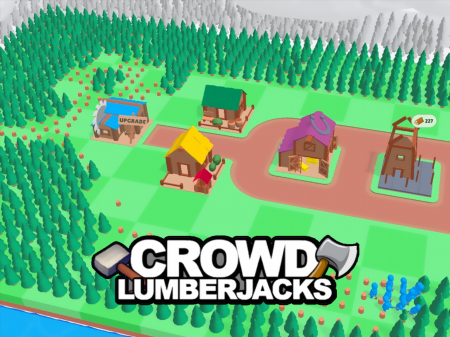Idle games are unusual and interesting, but they confuse some gamers. They break the whole logic of a game design with little user impact on the game and long periods of inactivity. However, they continue to attract new players. Let us take a closer look at these games and try to figure out why this is happening.
The idea and the concept
You click on the button and the number grows. You do it again, and the number grows even more. Keep continuing, and you will discover something that will launch the process for you. Now, the numbers are growing, and you may not even be in the game. And then, the process will start all over again. This, in fact, is the main idea of this genre. They may seem very simple, and they are, but they are very addictive, and there is enough depth and difference in play styles.
While there is room for experiments within the genre, there are some key features of game design that can be identified:
- Having at least one number or some item.
- This number grows at a certain rate and does not require the intervention of the player or requires little action on his part.
- The rate at which the number is growing can be enhanced to make the process faster.
The main cycle consists of the accumulation of resources, constant spending, and the speeding of income. These are the features that distinguish it from games that are entirely designed for scoring.
One of the key points of this entertainment is the number that can grow without the player's direct intervention or even their mere presence in the game. That is why idle games got their name since the player leaves such a game and later returns to collect the accumulated in his absence.
Can this even be called a game?
Due to the simplicity of the gaming mode, idle games can even distort the very concept of a game. Many critics have dismissed such games as dumb and mindless while acknowledging that they can cause addiction and trance-inducing.
Despite all these examples and opinions, idle games are still games. Games of many genres work with the subconscious of players, but this is all secondary when it comes to what really makes a game.
First, these games do not reveal all the mechanics at once, which adds a bit of exploration. In most incremental games, the player does not know how many upgrades to buy, what limits the numbers have, or how fast those numbers grow. Constraint exploration is one of the points of how a player experiences the process, and this type is no exception. Even if it seems simple, it often offers huge scope for exploration.
Secondly, despite the pointless goal of idle games (making numbers grow), it is the process of achieving this goal that can cause addiction. In addition, the game consists precisely in optimizing to achieve the goal. In most games, goals do not actually mean much, but the actual process of reaching those goals is usually the most fun and interesting part of the game.
Idle or incremental games or clickers have received a lot of interest lately, and you can be sure that there will be more such games, with a new and fresh approach to the mechanics and the idea in general. Do not ignore these games, considering the appeal of their mechanics inexplicable.



























